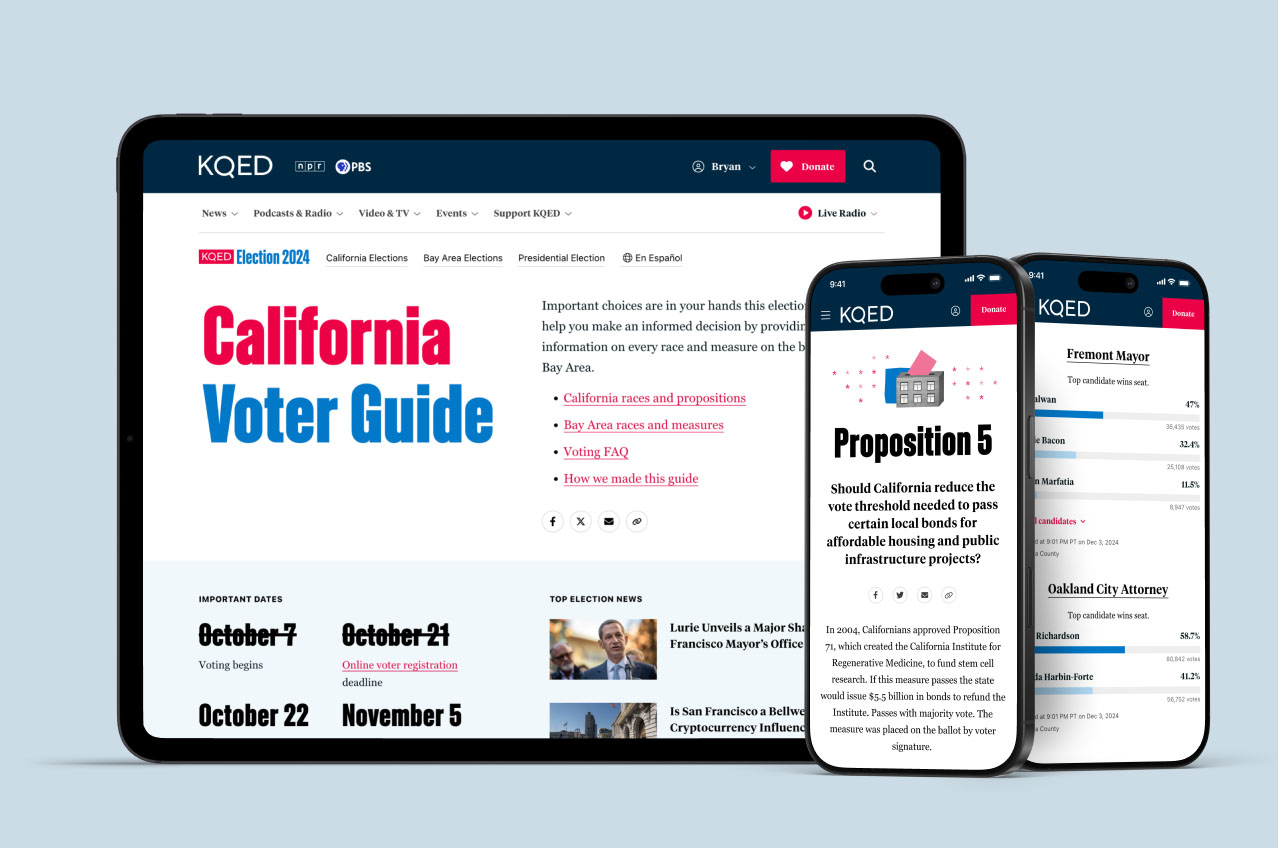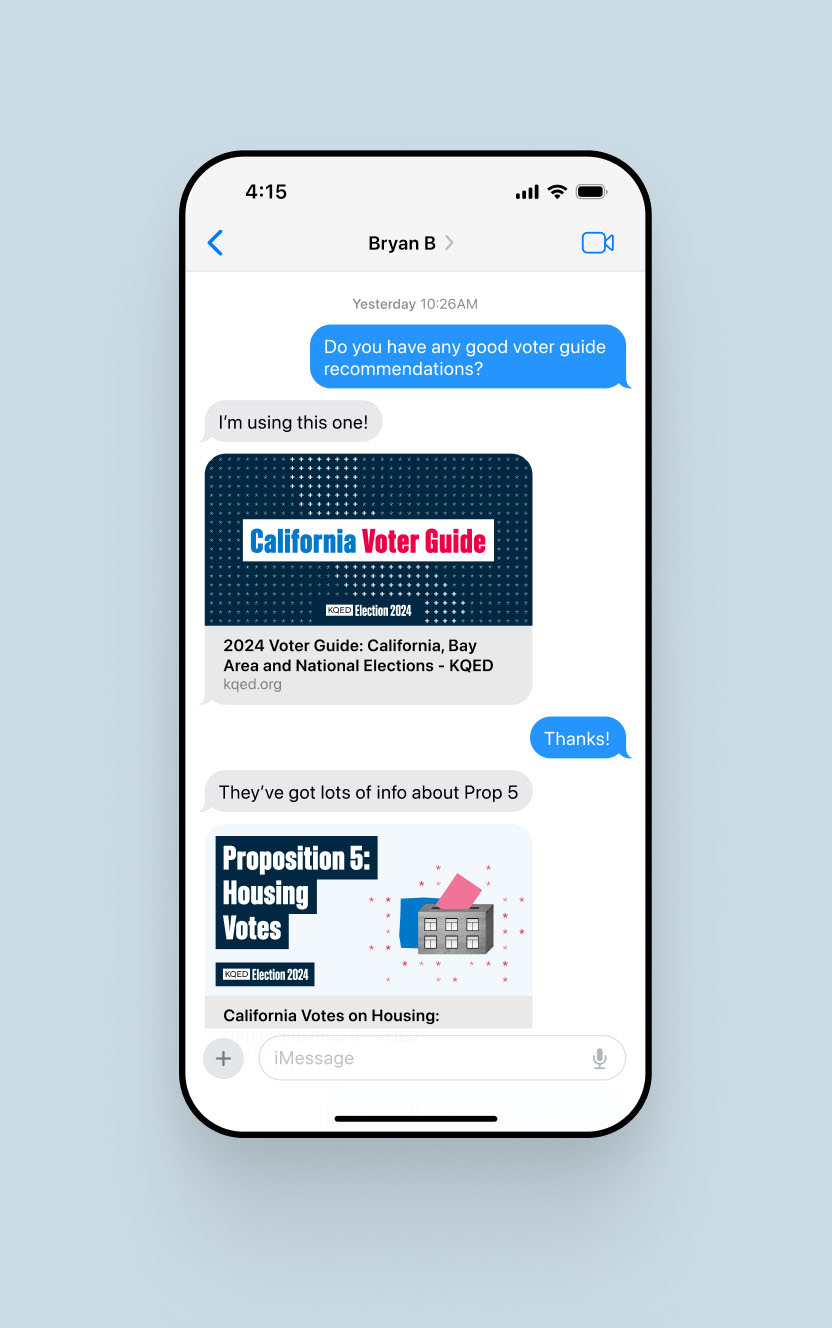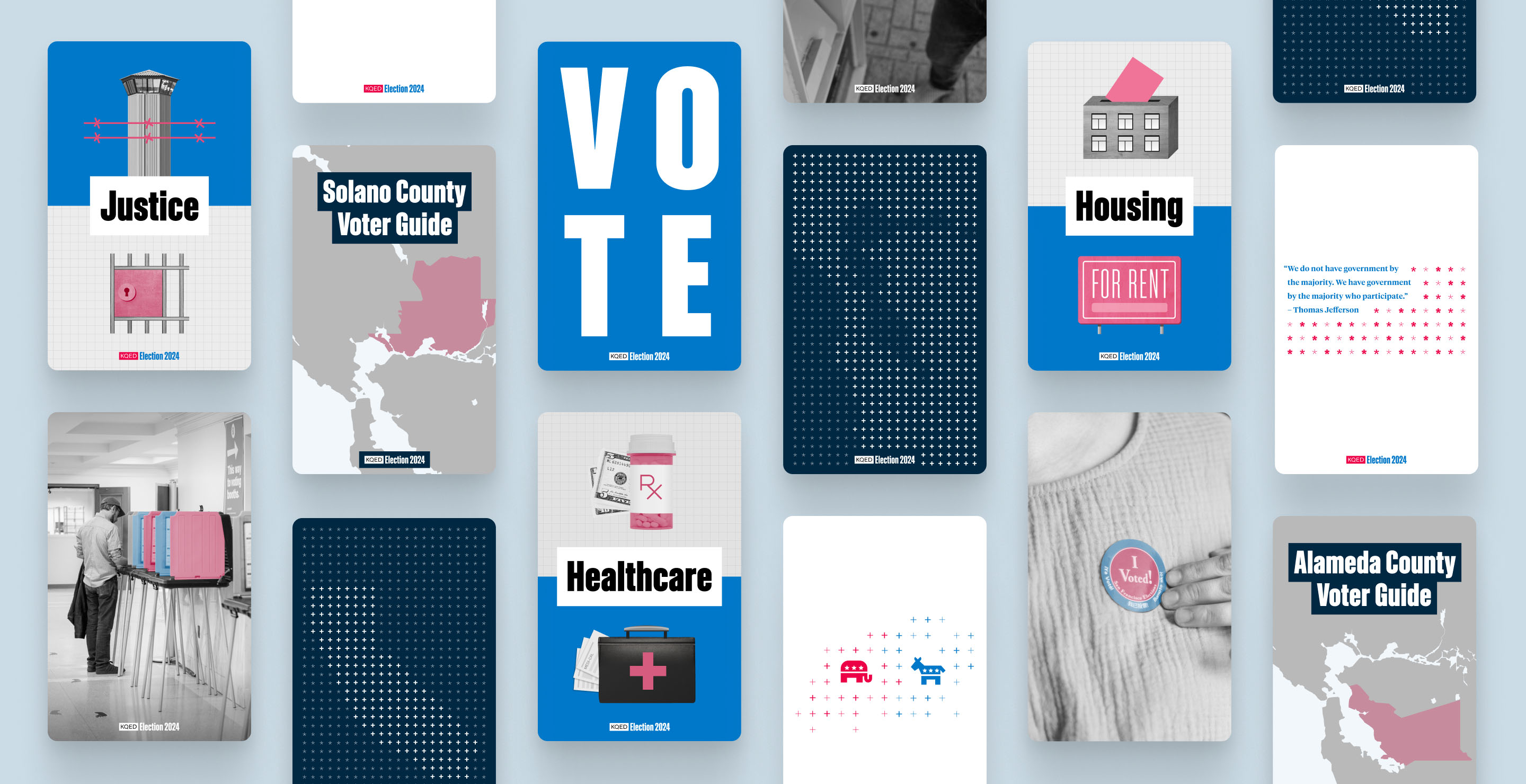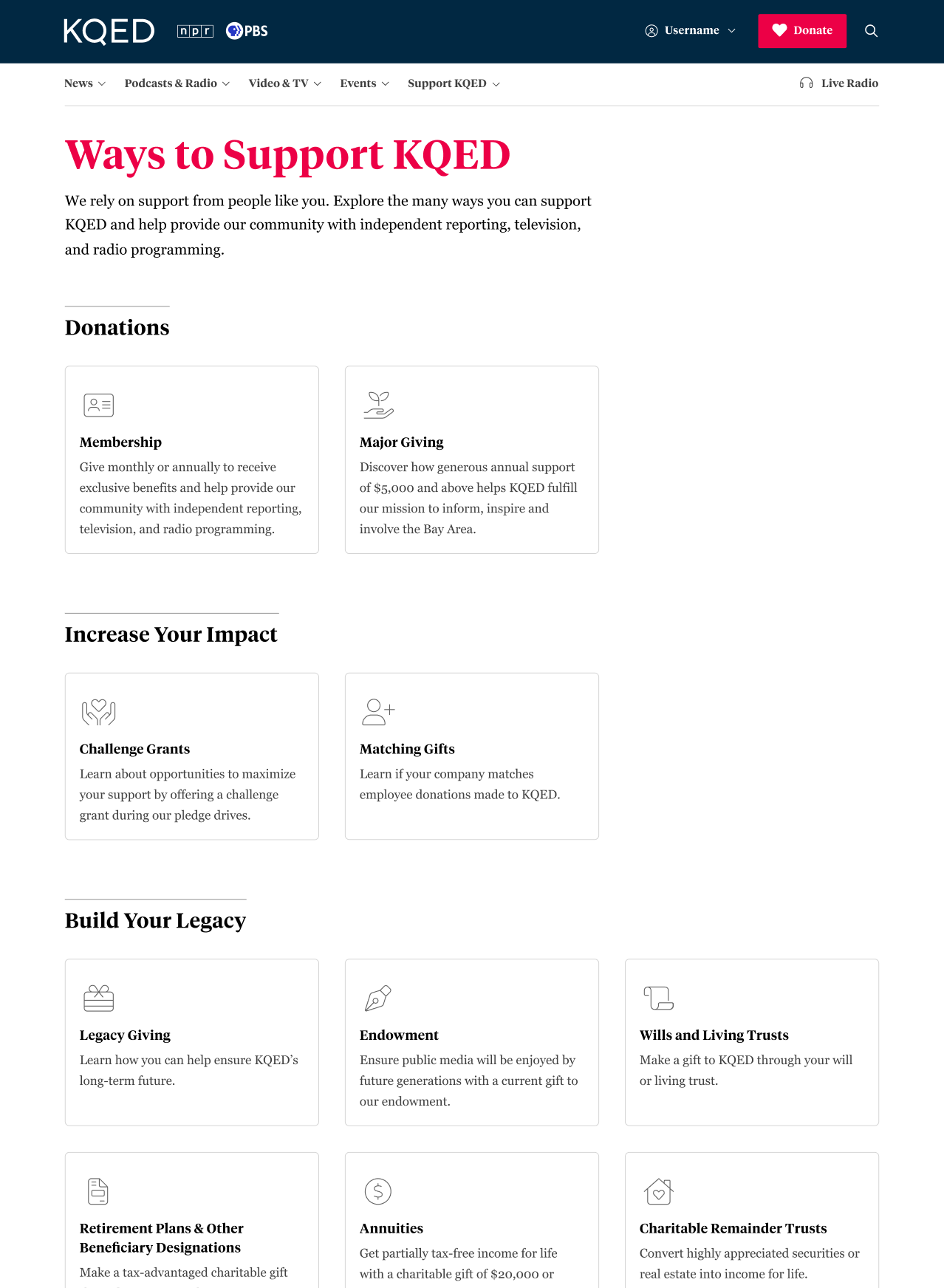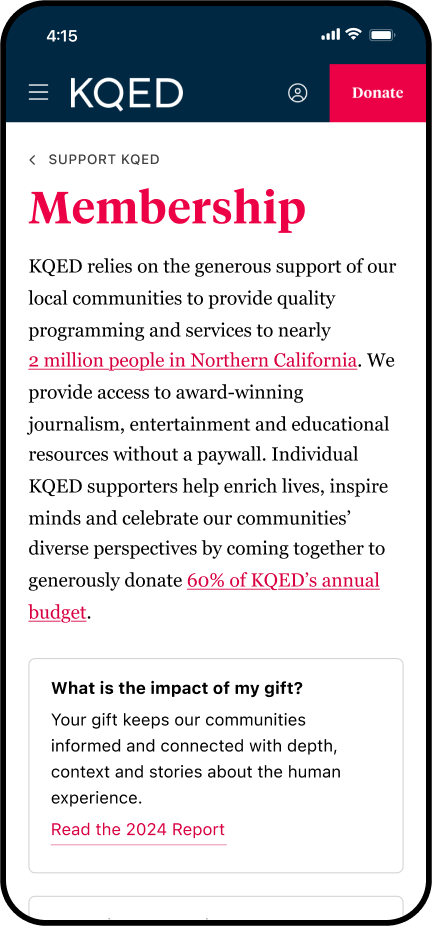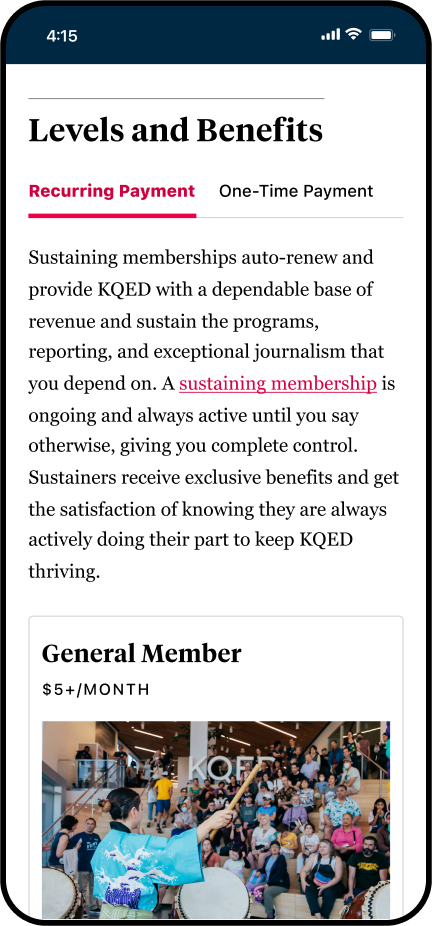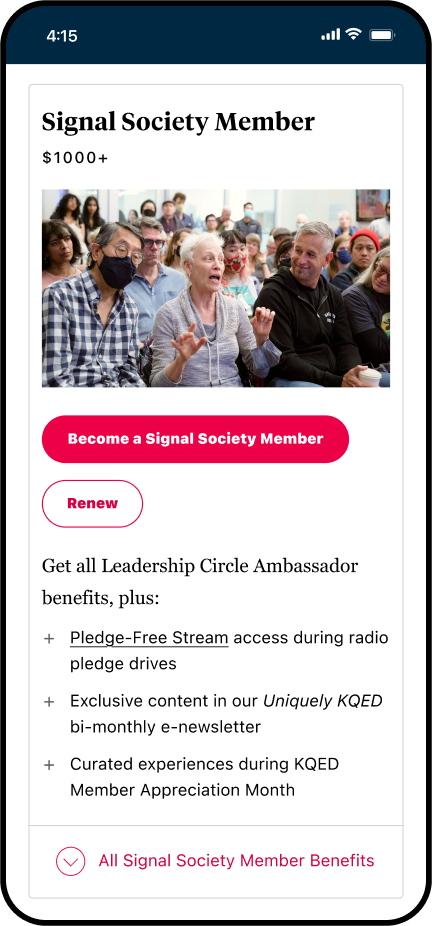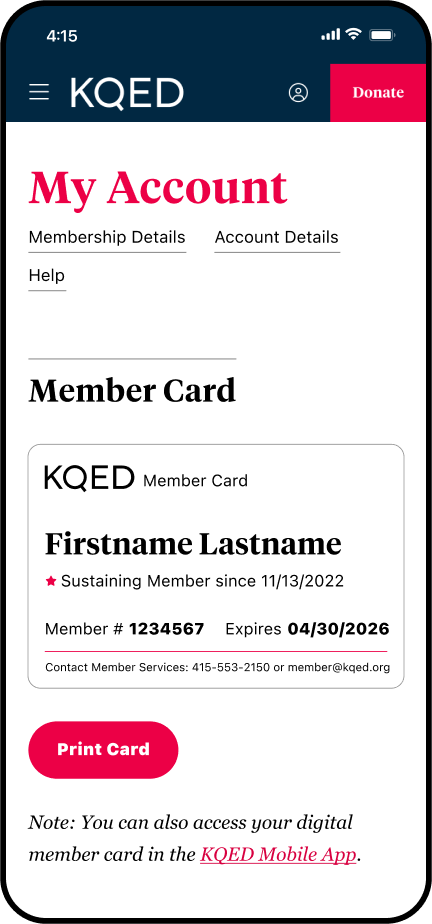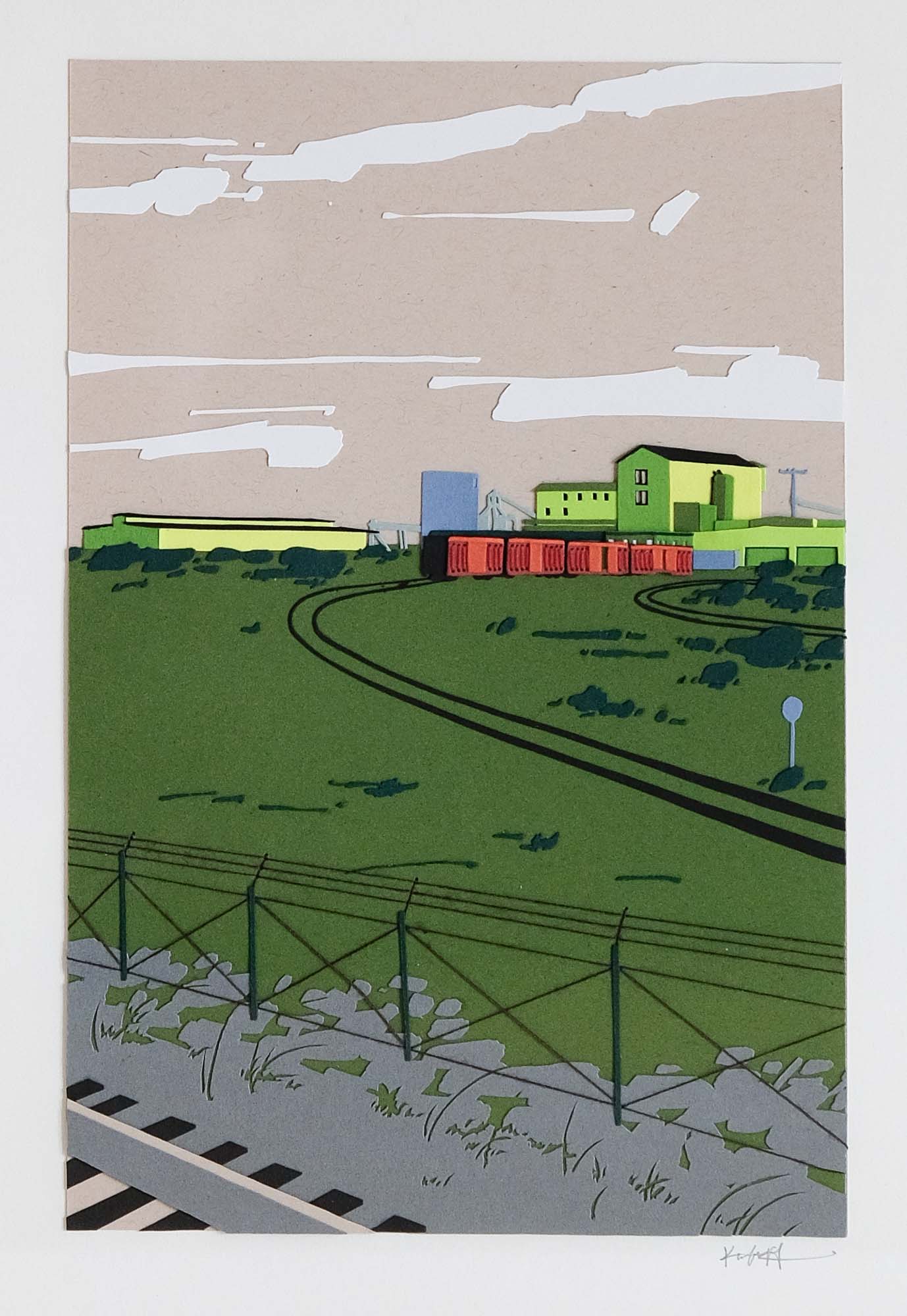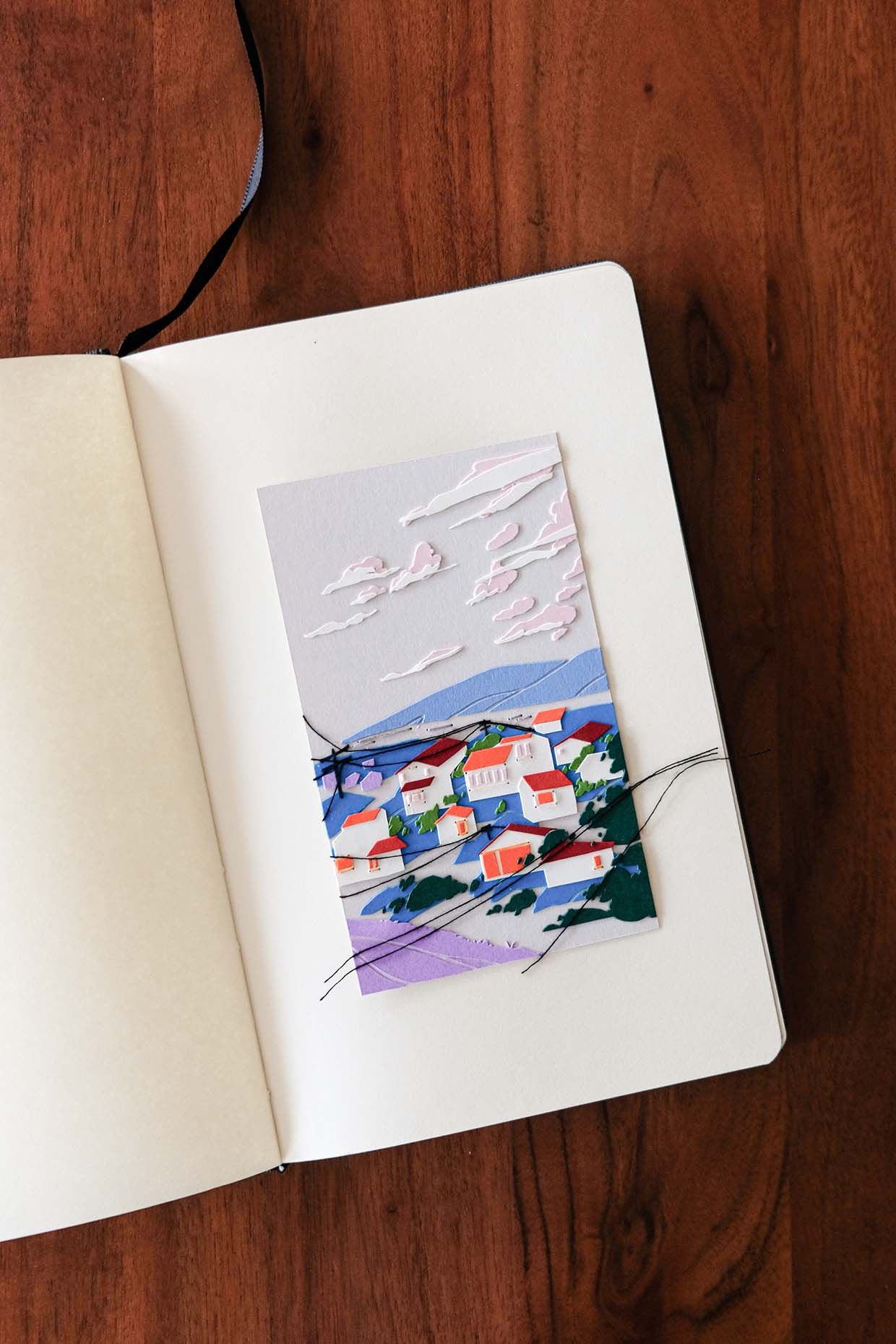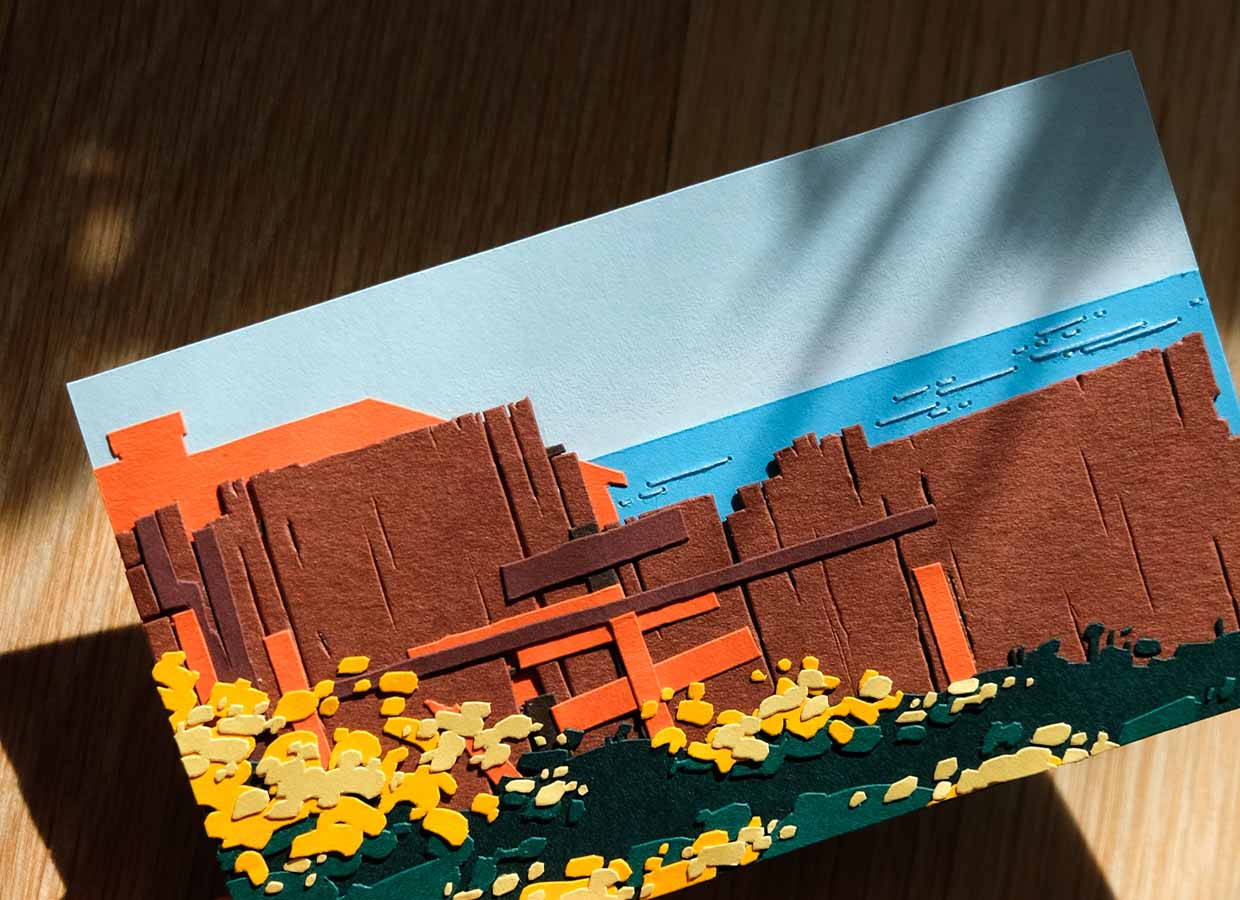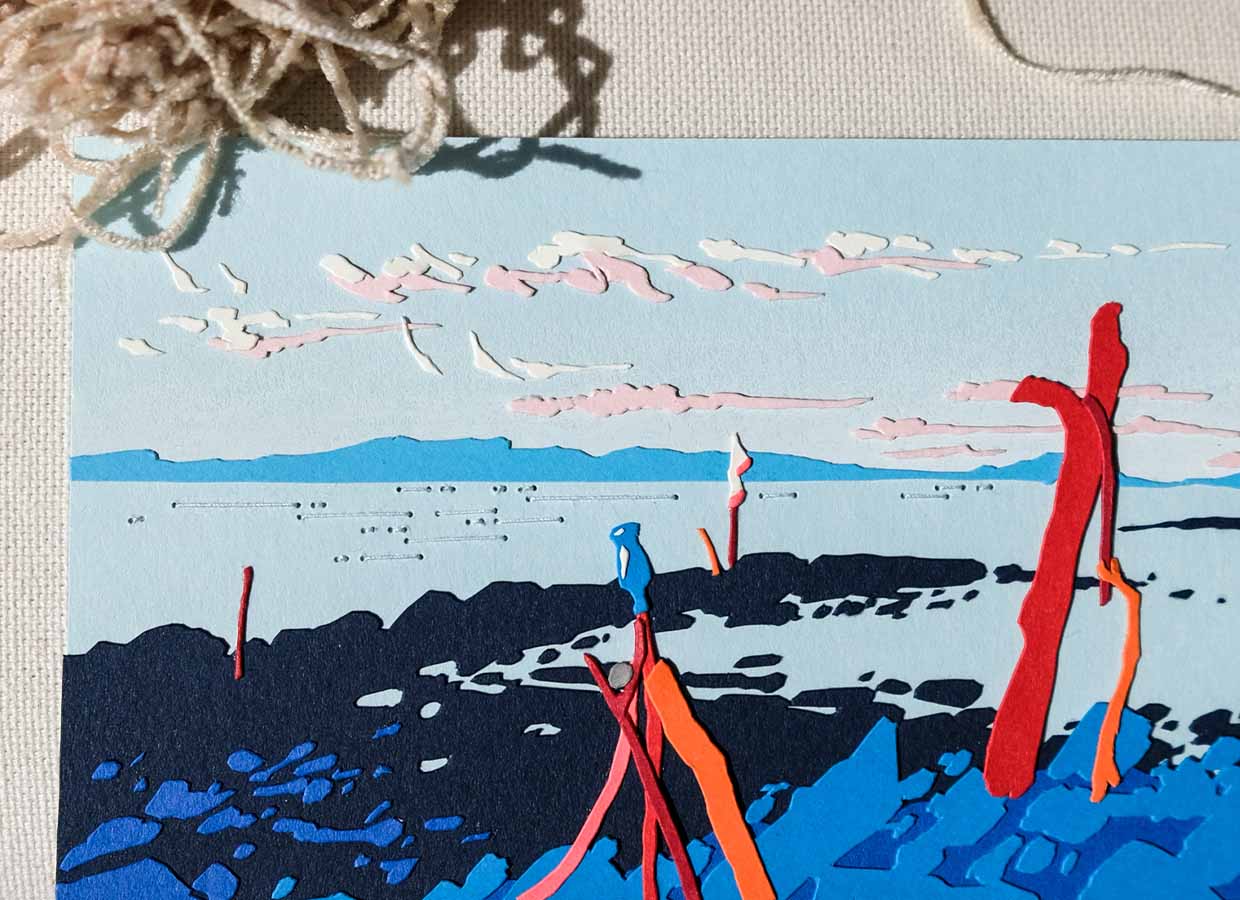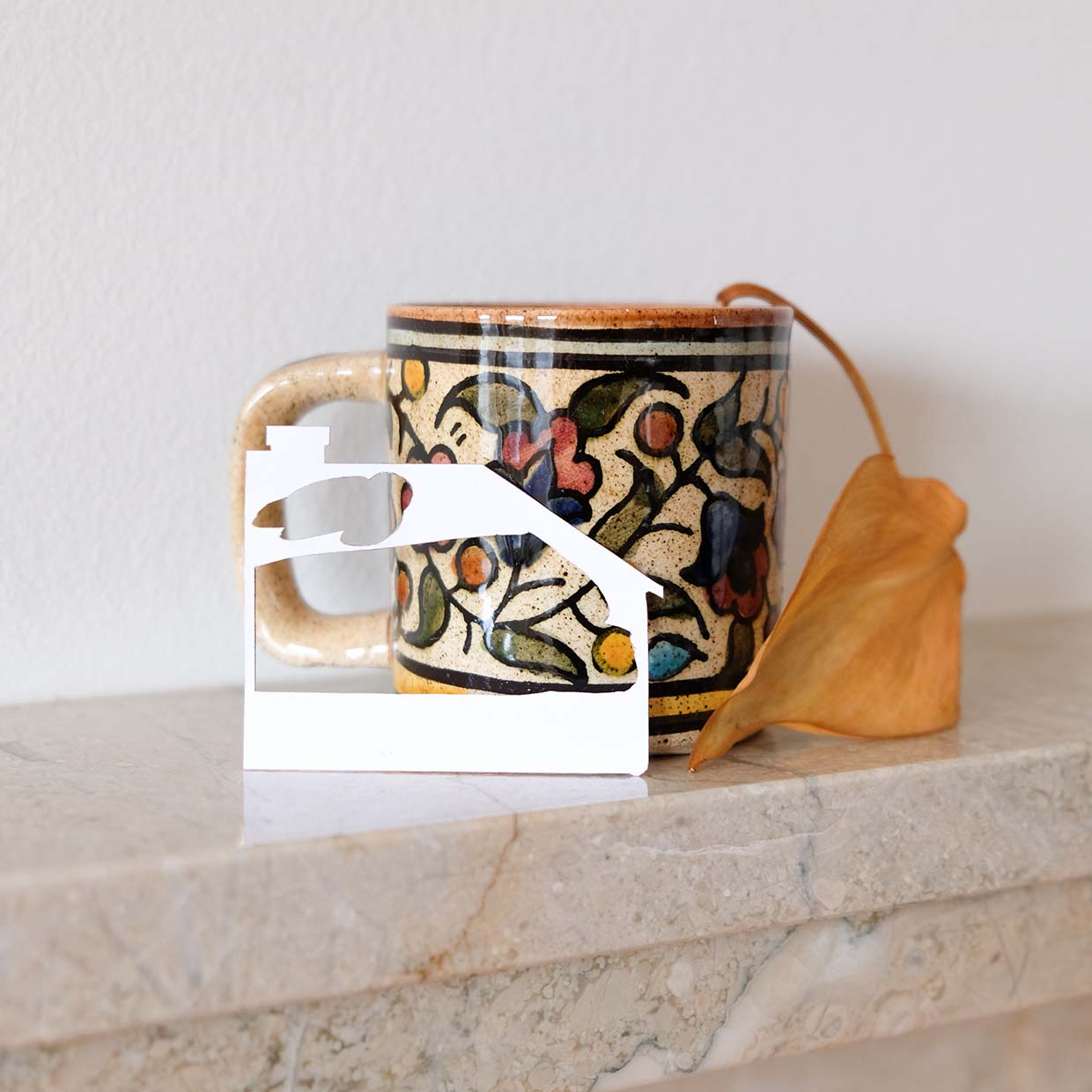“I’d like to just see elections issues presented as plainly as possible, as non-emotion inducing as possible. Don’t introduce lemons into the thinking.”
KQED’s mission is to inform, inspire, and involve. When Bay Area voters told us that fairness and simplicity were top of mind in 2024, I designed the 2024 California Voter Guide to make election information more accessible and understandable, which included creating visuals that are clear, relatable, and specific.
